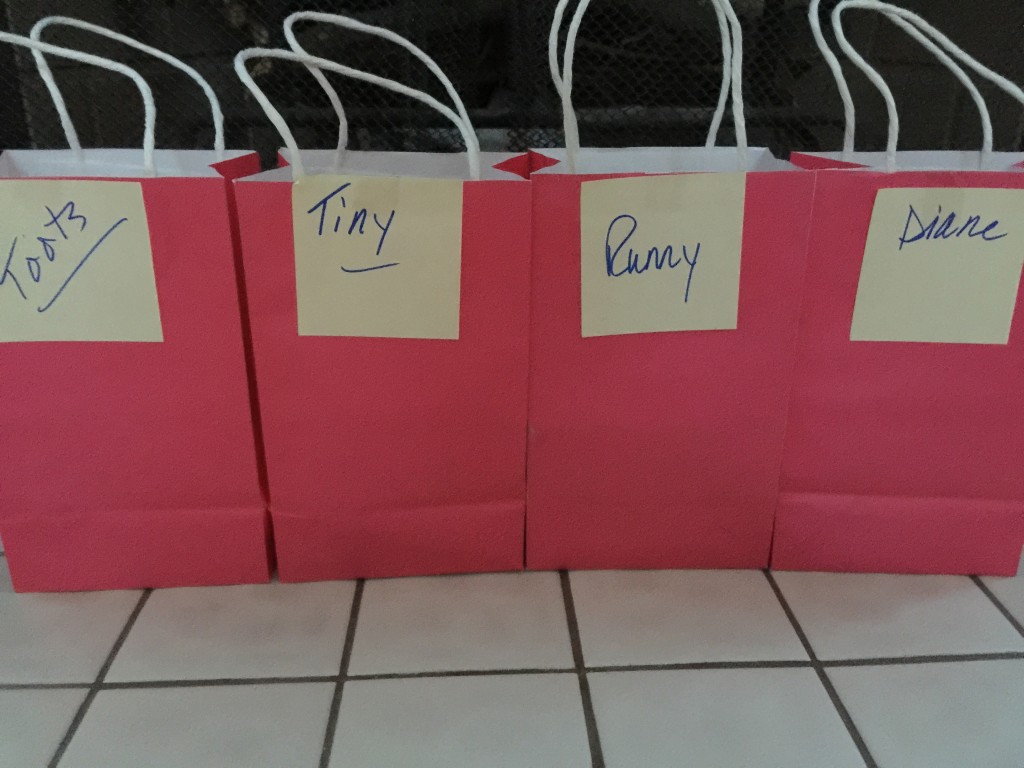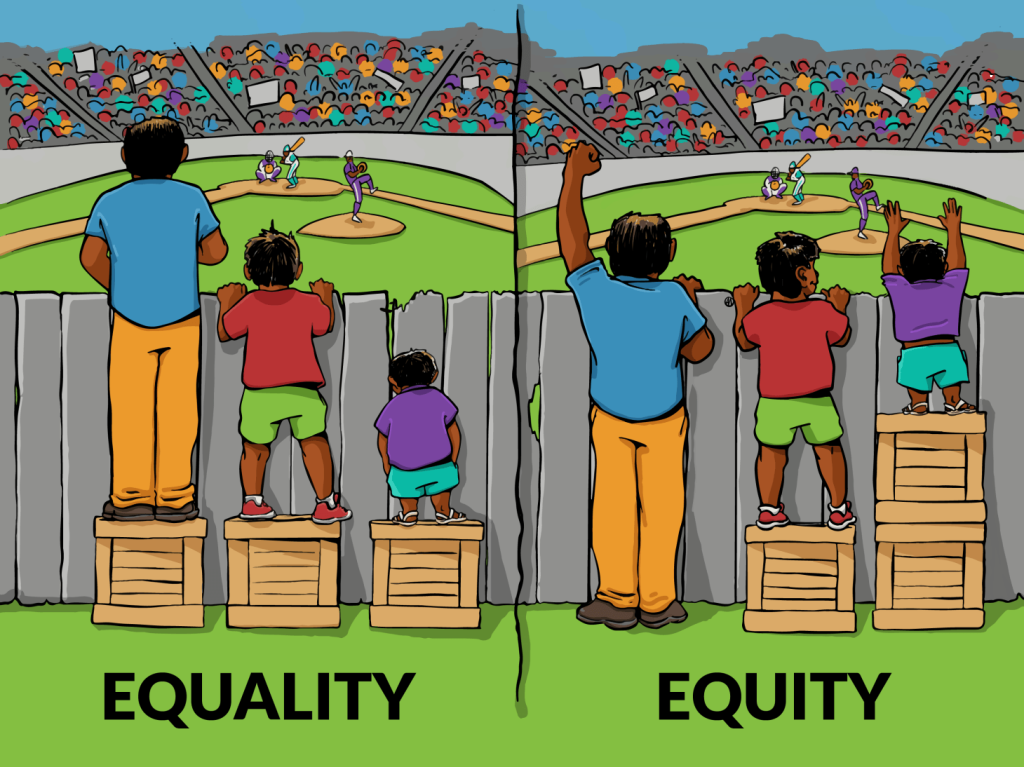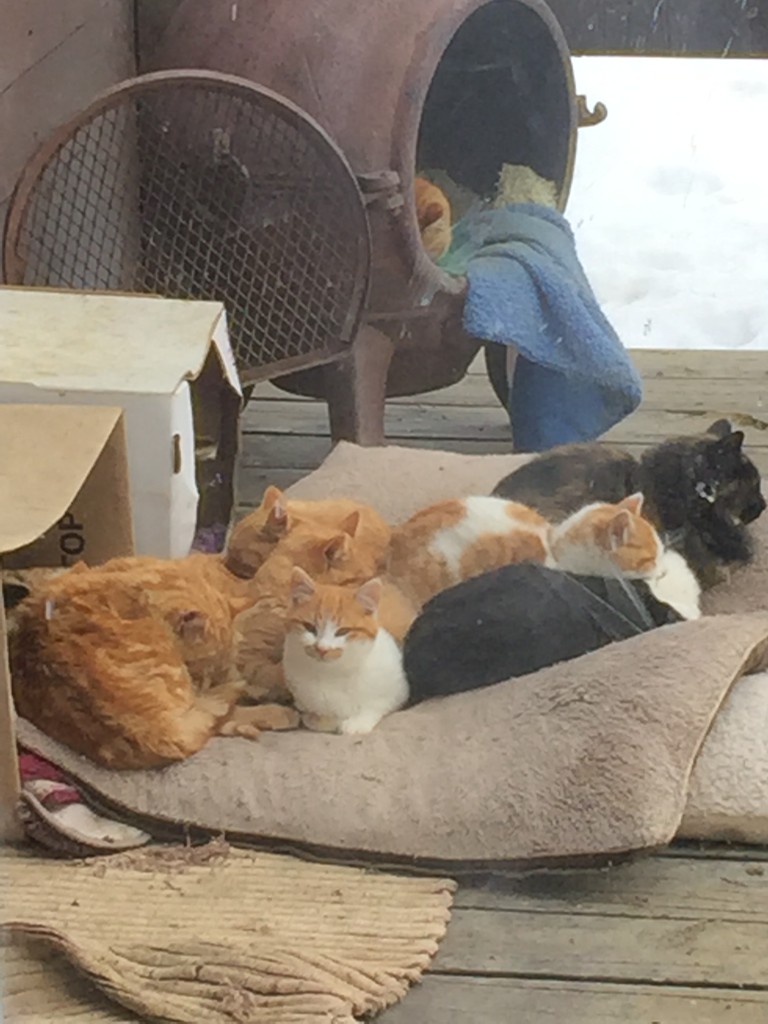Dear WinkWorld Readers, remember this is for my class. No required reading for you. “Please, please, please do not throw me into ‘dat briar patch.'”
To the teachers in our class.
Many of you have been teaching for 1 to 10 years, and you sometimes have the idea that the past decade is all we know about teaching and learning. Therefore, we are focusing on the BIG IDEAS of teaching and learning, and how do those ideas ebb and flow through the decades? How do those ideas influence classrooms every single day? We have asked ourselves ‘Why do we do what we do?’ (Wink, J., & Putney, L., 2002, p. 1).
First, we looked at this image, as the ideas (unexamined long-held assumptions, in some cases) turn into reality. We talked about how our ideas can morph into a sort of philosophy or theory (even in DC) and how this can then morph into a policy (NCLB, RttT, or ESSA), which will then become programs requiring specific types of curricula and influence our practice (methods) in our own classroom.
Paulo Freire always reminded us to focus on our practice.
PHILOSOPHY > POLICY > PROGRAMS > PRACTICE
As Vygotsky (1986, p. 41) taught us: “Deliberate avoidance of philosophy is itself a philosophy.”
A Pedagogical Timeline
Here is a new image of a timeline (A Vision of Vygotsky, 2001, p. 5), which you might want to grab.
Vov_Timelines 2 pp. Jan. 2016
Here is a new image of telling the story from only 2 points of view, but it might help some of you understand the big ideas of teaching and learning
2 perspectives on schooling gestault an image
Here is the story from 3 points of view.
Three Perspectives
And, when you go on for more learning, you will soon discover that you can easily tell the story from 4 and 5 and many more points of view.
[H]e who considers facts, inevitably considers them in light of one theory or another (Vygotsky, 1987, p. 55).
An Open Letter
We read from multiple sources (hardcopy and digital), and we tried to understand teaching and learning from different perspectives (2 points of view; or 3 points of view). We talked about how there are many, many different perspectives.
“The schools ain’t what they used to be and probably never were”. ~Will Rogers.
100 Years in A 1000 Words 2.2016
Teachers, you have read and watched many sources for the last couple of weeks. Tonight in our Collaborate class, you will be asked to tell (articulate) the story of the big ideas of teaching and learning from different perspectives and different sources. As you tell (articulate) the stories in class tonight, you will be negotiating your own understanding. Talk is text…
“Conversion is the laboratory and workshop of the student”. ~Ralph Waldo Emerson
Thank you to Ruthie for leading class tonight, as I will be with friends from high school graduation (1962). I am ready.










